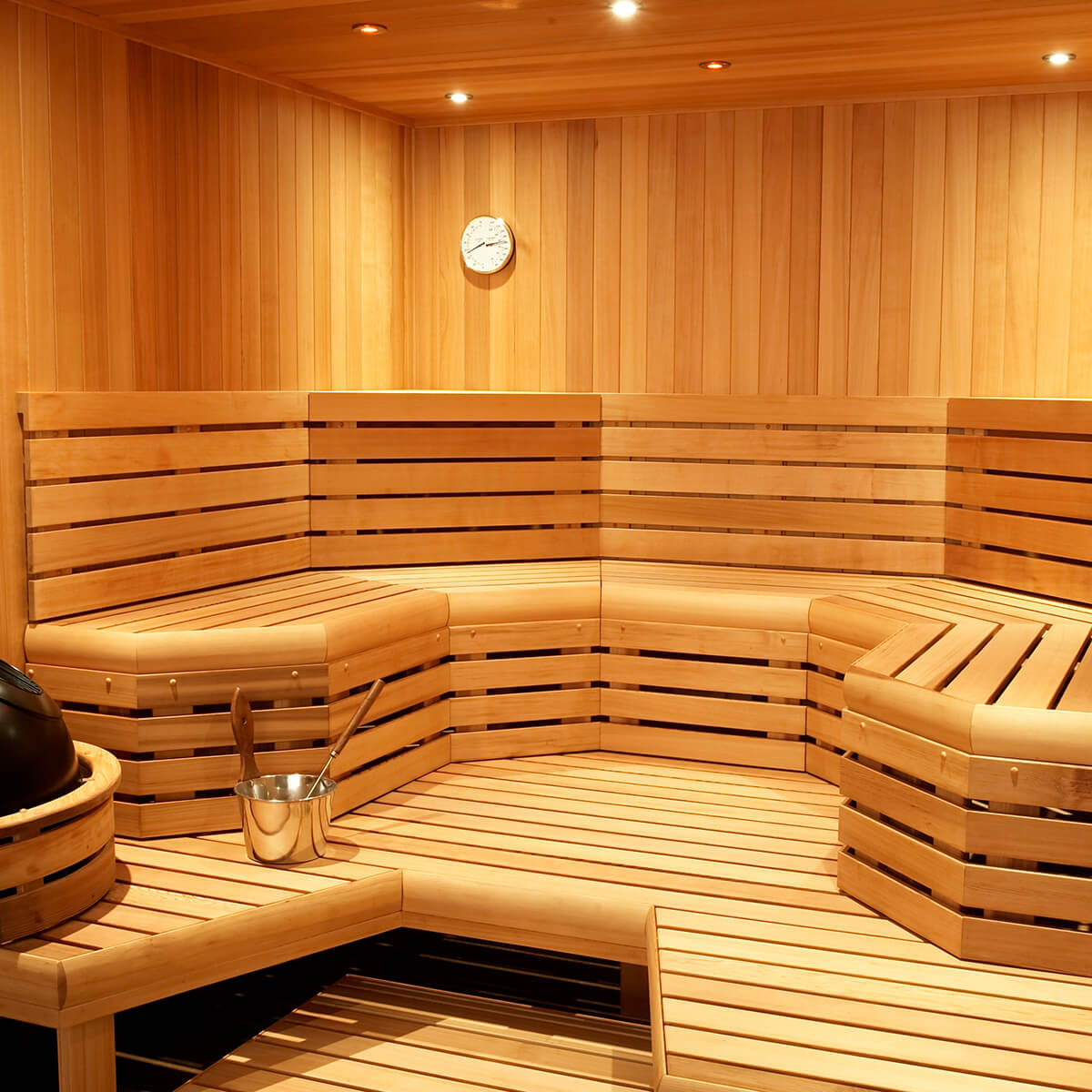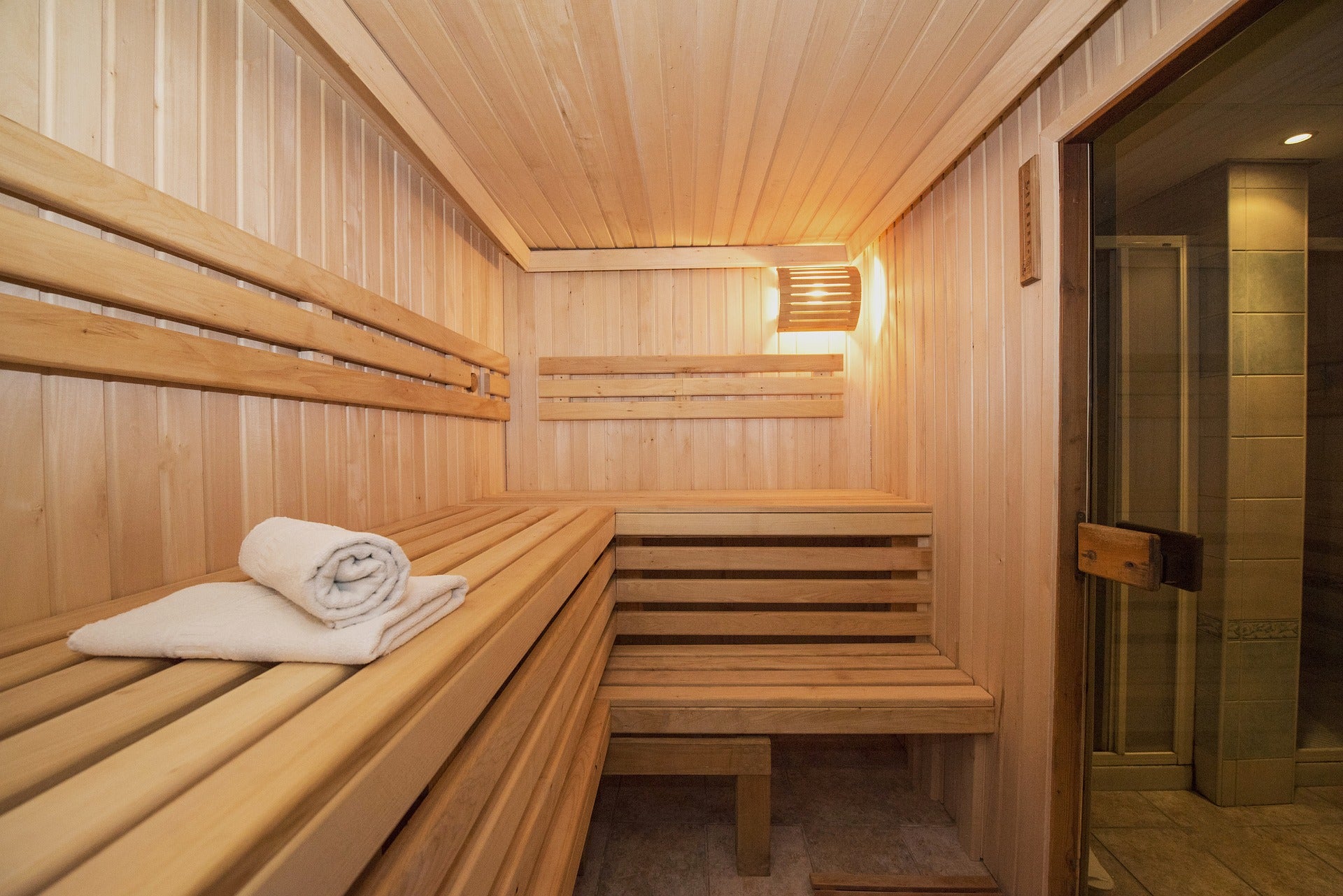The Basic Principles Of Traditional Sauna
Traditional Sauna Fundamentals Explained
Table of ContentsWhat Does Traditional Sauna Mean?The smart Trick of Traditional Sauna That Nobody is Talking AboutTraditional Sauna Fundamentals ExplainedSome Known Facts About Traditional Sauna.
Most of the weight lost in a sauna is water loss and is re-gained upon rehydrating. Nonetheless, undeniably sauna can be a vital part of a healthy weight loss program. To take a look at the differences between typical and IR saunas, I will certainly divide these into verifiable, theoretical, and produced distinctions.Hence, the best factor in the saunawhich goes to the ceiling straight over the sauna heateris typically in between 185 and 190 F. Traditional Sauna. Claims that a typical sauna exceeds 200 F is merely not real and not applicable for electrical saunas marketed in the United States. The temperature level for a far-infrared sauna is usually set between 120 and 140 F; nonetheless, unlike the standard sauna, the objective in and IR space is not to attain a heat
Due to this, the temperature difference is virtually unnecessary, because profuse sweating results in both sauna types, but the technique of heating up the body is different. In an IR sauna the bather will certainly really feel hot and will sweat a lot, yet at much reduced temperatures. Thus, if the objective is to invest longer time periods in the sauna, the IR sauna is an excellent option.

The 10-Second Trick For Traditional Sauna
When the heat is accomplished, the components cycle on and off to keep the high temperature. The majority of traditional sauna users appreciate putting water over the rocks to create heavy steam to raise sauna humidity degrees. The advantages of putting water over the rocks consist of: making the space more comfortable, dampening the nasal flows, and allowing the usage of aromatherapy by blending crucial oils with the water.
In a far-infrared sauna, the warm waves penetrate the body to efficiently heat the body and elevate the body core temperature level. To attain this boosted temperature level, Far-infrared emitters produce infrared power which is close to the very same wavelength as that which the body normally emitsoften referred to as the "Essential Variety" of 7 to 14 microns), so the power is well received by the body.
When the energy enters the body, it creates the body temperature to enhance and ultimately leads to perspiration. In an infrared sauna it is very important for the emitters/heaters to remain on virtually frequently. Considering that there is no mass of rocks to keep warm, the sauna will certainly cool if the emitters shut down.
As mentioned over, the sauna bather in an infrared room wishes to position himself in front of running emitters to obtain maximum take advantage of the warm. The heating time for the two areas can be really different, depending on how the rooms are made use of. For a typical sauna, a bather should allow 30-40 mins for the Website room to accomplish a desired temperature and to properly pre-heat the rocks.
All about Traditional Sauna
A well created sauna will commonly achieve a temperature level of read 150-160 F in regarding 30-40 minutes. For hotter temperature levels, the space may require to warmth for a longer period.
To some, 15 mins was "squandered" while the infrared power warmed the wood panels as opposed to warming a body, while others find a pre-heated room to be more comfy and think an elevated beginning temperature level is necessary to begin sweating. The length of advised usage for every room is about the exact same (10-15 mins per session); nevertheless, due to the lower air temperatures and the capability to feel the effects of infrared heat much faster than a conventional sauna, it is not uncommon for a person to spend an overall of 20-30 minutes in an infrared sauna.
Conventional saunas have a tendency to be larger (hence make use of even more electricity) than infrared saunas, although typical saunas are absolutely available in one and two individual dimensions as well. For a two-person traditional sauna, 5x6 or 5x7 dimension is most prominent. The leading bench can comfortably seat two or try here three individuals and is likewise long enough to lie down during the sauna session.


The ordinary cost per kWH of electrical power in the united state is roughly $0.11, so a 4.5 kW heating unit will certainly cost approximately $.50 to compete one hour, if the heating unit runs continually for one hour. Normally a sauna heater will run for 75% of the very first hour and 50% of subsequent hours on since the components cycle once the established temperature is achieved.
The Definitive Guide to Traditional Sauna
A two individual far-infrared space is typically physically smaller sized than a conventional sauna, often concerning 4' x 4' or smaller sized. The IR home heating system is usually 1.5-1.7 kW utilizing a 120 volt 15 amp plug-in solution. Considering that the area can be used earlier than a sauna area, we will assume the room is made use of for to of an hour consisting of heat up time.
There is a hardly ever discussed difference in the social experience between the two rooms. While our culture has lost several of the social advantage of the conventional sauna experience, it can be very socially fulfilling. From family time in the sauna, to heart-felt discussions with substantial others, to sauna partiesthe conventional sauna experience can result in intimate mingling.
A lot of greater end infrared spaces consist of colored light treatment, noise systems and full-glass fronts.